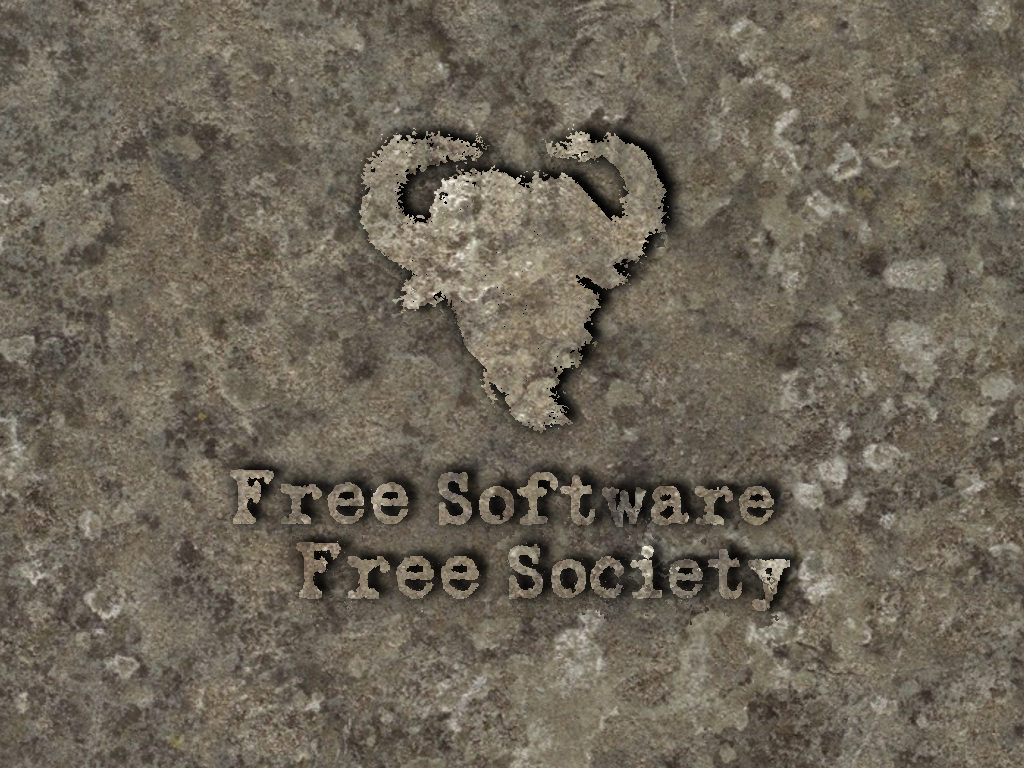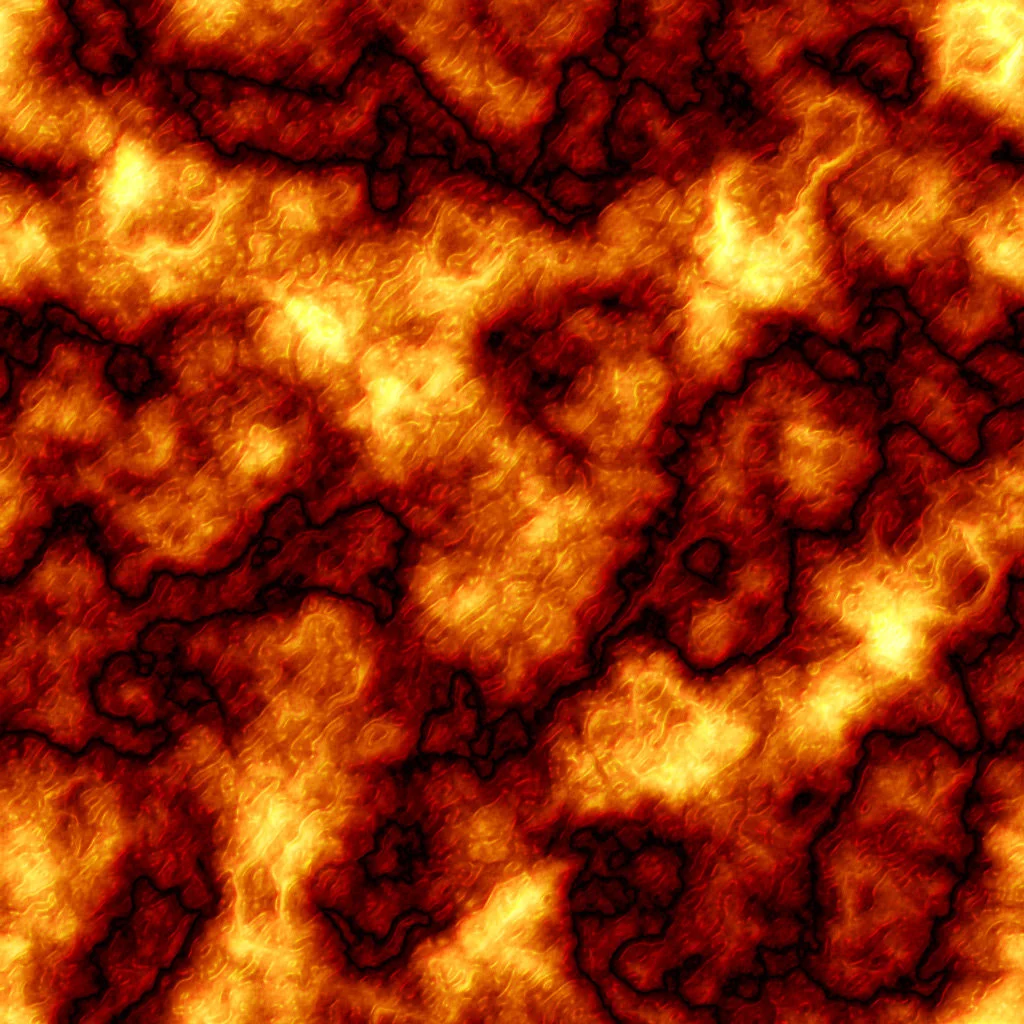Hi friends,
I have some external hard drives and SSDs, which I use with my Debian 11 machine. I normally use them through the GUI file manager(pcmanfm-qt). I tried to access them from the terminal using commands I found after searching the web, like, fdisk, mount etc. However, the issue is that I have to use sudo when using these commands and as a result after mounting I cannot make changes to my files in the drive(s) without using sudo. The only way to avoid using sudo, is to first go to the required folder in the GUI file manager and then opening the folder in terminal. Is there a way to forego using the GUI file manager completely and only using the terminal entirely to properly access my drives and make changes without using sudo?
EDIT: Someone suggested usbmount. I am sure that works, but it is not packaged for Debian. Instead, as suggested, by another person, I use pmount. It works perfectly for my needs on Debian. Thanks to all for taking the time to respond and help me with my problem.
The only correct answer is
udisksctlThis is what KDE Dolphin also uses. It can mount, unlock LUKS and more.
Mounts will be in
/run/media/userIs it just me that dislikes when packages are mentioned instead of a series of terminal commands? I don’t want to install a package. Why would I want to rely on a package and it’s maintainer when I could write a shell script using the tools native to my OS?
Is this unreasonable or just unpopular?
That and every command preceded by sudo.
Just…
$ sudo su…bam, no more sudo. And likely no more system within a few sessions 🫣
Solution? Just don’t make mistakes. Ezpz. /s
sudo su -
I know you’re joking anyways, but I always cringe when I see that. There’s no need to invoke
suthere. If you want a root shell, usesudo -sorsudo -idepending on what kind of shell you want.
Is it just me that dislikes when packages are mentioned instead of a series of terminal commands? I don’t want to install a package. Why would I want to rely on a package and it’s maintainer when I could write a shell script using the tools native to my OS?
Yes, that’s just you and probably explains why you are on a programming Lemmy instance. Personally I like to use the terminal myself for reasons including starting some GUI applications but I am sure that most people (“normies”) would run away screaming if the first moment they would spot a terminal. See, everyone has their own preferences :)
I have no critique of anyone’s preference. I joined the linux board looking for discussions on novel ways to use the system.
Since I haven’t found that here, I thought I’d add a comment to see if it’s just me. And I wanted to check to see if there is an alternative forum for such conversations.
Maybe a shell, bash, scripting, or man page community. Idk.
Since I haven’t found that here, I thought I’d add a comment to see if it’s just me. And I wanted to check to see if there is an alternative forum for such conversations.
Maybe a shell, bash, scripting, or man page community. Idk.
Right. It’s in my opinion not so easy to find communities or finding people wanting to share the same interests. How about these ?
Yeah the search tool isn’t the greatest, tho I expect third party maps of communities will spring up at some point.
Thanks.
If you want to invent and maintain your wheel then go ahead… but I think we have better things to do than maintaining half the code of an operating system.
Udisksctl has a variety of relevant features, and it works good, kind of.
Other commenter mentioned usbmount. Debian has a page on that https://wiki.debian.org/usbmount which mentions pmount. The latter is packaged for Debian.
Thanks a lot. That works.
I also use lxqt as a desktop environment and when I click on removable drives it uses the pmount command to present them in user space.
E: someone already said pmount. Good looking out lemmyreader
Thanks. I don’t use lxqt as my DE though. I use a custom DE based on i3. I will look into it.
you can always gain 100 lbs and grow a bunch of body hair. the lxqt door remains open to you.
deleted by creator
Maybe you are looking for a mount as USER type command
mount -t deviceFileFormat -o umask=filePermissions,gid=ownerGroupID,uid=ownerID /device /mountpoint
Thanks. I will try this method as well. For now, pmount seems to work fine.
Have you tried
usbmount?This automatically mounts usb drives if they’re vfat, ext4, or hfsplus. Options:
sync,noexec,nodev,noatime,nodiratimeI believe it puts them in /media/run/DEVICE_NAME or something like that
Thanks for your response. But the Debian package is not maintained. Do you know of any other way?
udisksctl mount -b /dev/yourdiskProbably already installed. If not, it’s udisks2. Needs D-bus.
Chown?
Use fstab maybe
However, the issue is that I have to use sudo when using these commands and as a result after mounting I cannot make changes to my files in the drive(s) without using sudo.
This isn’t because you’re using sudo to mount, that is the way to do it. This is because you’re mounting to a directory for which your regular user does not have write access. Create a directory owned by your user and make sure you have write access with sudo first. Or make it owned by a group that your user is a member (I use media) and give that group write access. Then mount the drive to that directory in the usual way (I prefer to clutter up my fstab with entries I rarely use). You should now have access without sudo.
9 out of 10 times new users are struggling with access, it’s not a problem with the software, but a problem with permissions.







